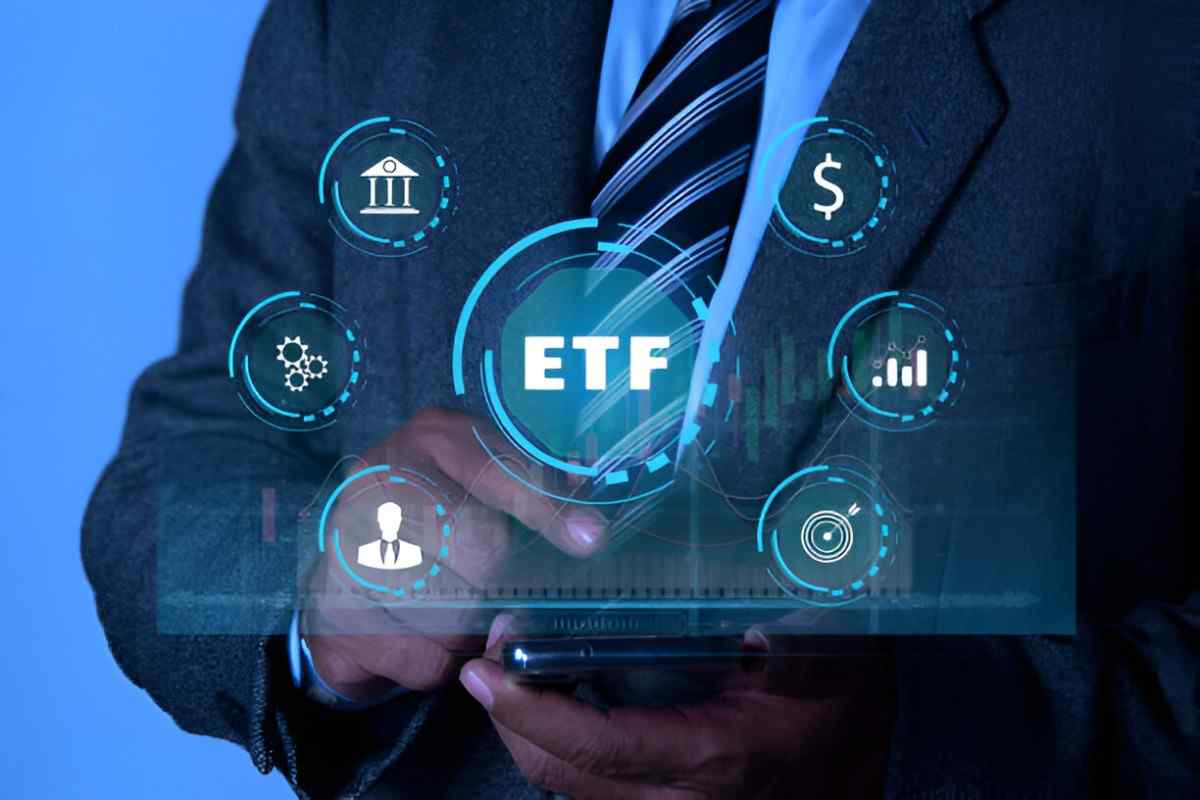When I first started investing, I had many questions about how different financial instruments worked. One of the biggest points of confusion was whether ETFs and mutual funds traded on the stock market. As I delved deeper, I realized the answer isn’t as straightforward as a simple yes or no. While ETFs are always traded on exchanges, mutual funds follow a different mechanism. Let’s break this down in detail.
Table of Contents
Understanding ETFs and Mutual Funds
Exchange-Traded Funds (ETFs)
An ETF is a type of investment fund that holds a basket of securities, similar to a mutual fund, but trades on stock exchanges like a regular stock. ETFs can track indices, sectors, commodities, or specific strategies. Some common examples include:
- SPDR S&P 500 ETF (SPY) – Tracks the S&P 500 index
- Invesco QQQ ETF (QQQ) – Tracks the Nasdaq-100 index
- Vanguard Total Stock Market ETF (VTI) – Tracks the total U.S. stock market
ETFs are bought and sold throughout the trading day at market prices, which fluctuate based on supply and demand.
Mutual Funds
A mutual fund pools money from investors to buy a diversified portfolio of stocks, bonds, or other securities. Mutual funds have different categories, such as:
- Equity mutual funds – Invest primarily in stocks
- Bond mutual funds – Focus on fixed-income securities
- Balanced mutual funds – Combine stocks and bonds
Unlike ETFs, mutual funds are not traded on an exchange. Instead, investors buy and sell shares directly with the fund company at the fund’s net asset value (NAV), which is calculated at the end of each trading day.
Key Differences in Trading Mechanisms
| Feature | ETFs | Mutual Funds |
|---|---|---|
| Trading Venue | Stock exchanges | Directly through fund company |
| Price Fluctuation | Market-driven (throughout the day) | Fixed once per day (NAV) |
| Minimum Investment | One share or fractional shares | Often requires a minimum (e.g., $1,000) |
| Liquidity | High | Lower (settles at end of day) |
| Expense Ratios | Generally lower | Can be higher due to active management |
How ETFs Trade Like Stocks
Since ETFs trade on exchanges, their prices can fluctuate throughout the day based on supply and demand. This leads to some unique characteristics:
- Bid-Ask Spread: ETFs have bid (highest price a buyer is willing to pay) and ask (lowest price a seller is willing to accept) spreads. If an ETF is thinly traded, the spread can be wide, making it costlier to buy or sell.
- Market Orders vs. Limit Orders: Investors can use market orders (executed immediately at the best available price) or limit orders (executed at a specified price or better).
- Premiums and Discounts: ETF prices can sometimes deviate from their NAV. If an ETF trades above its NAV, it’s at a premium. If it trades below, it’s at a discount. Authorized participants (APs) help correct these discrepancies through arbitrage.
How Mutual Funds Are Bought and Sold
Mutual funds operate on a different model:
- Investors place orders during the day, but transactions occur only once, after the market closes.
- The NAV is calculated by summing up the total value of the fund’s assets and dividing by the number of outstanding shares.
- Mutual funds do not have bid-ask spreads or intraday price movements.
Cost Differences: ETF vs. Mutual Fund
Investors must consider costs when choosing between ETFs and mutual funds. Here’s a comparison:
| Cost Factor | ETFs | Mutual Funds |
|---|---|---|
| Expense Ratio | Lower on average (0.03%–0.50%) | Higher (0.50%–2.00%) |
| Transaction Costs | Brokerage commissions (if applicable) | No direct trading fees |
| Load Fees | None | Some funds charge front-end or back-end loads |
For example, assume an investor has $10,000 and is comparing two funds:
- ETF with a 0.10% expense ratio: Annual cost = $10,000 × 0.10% = $10
- Mutual fund with a 1.00% expense ratio: Annual cost = $10,000 × 1.00% = $100
Over time, the difference in fees can significantly impact returns.
Tax Efficiency: Which is Better?
ETFs are generally more tax-efficient than mutual funds due to their unique creation and redemption process.
- ETFs use an in-kind redemption process, reducing taxable events.
- Mutual funds distribute capital gains when portfolio managers sell assets within the fund.
For instance, if a mutual fund manager sells stocks for a profit, the capital gains tax burden is passed to all shareholders, even those who did not sell their shares. In contrast, ETFs minimize these distributions.
Which One Should You Choose?
The right choice depends on your investment strategy and preferences:
- If you prefer flexibility and lower costs, ETFs are a great option.
- If you want professional management and automatic investing, mutual funds might be a better fit.
- If tax efficiency is crucial, ETFs tend to be superior.
- If you invest regularly without worrying about market timing, mutual funds offer simplicity.
Conclusion
ETFs and mutual funds serve similar purposes but trade differently. ETFs are bought and sold on stock exchanges throughout the day, while mutual funds trade once per day at NAV. ETFs offer cost advantages and tax efficiency, whereas mutual funds provide simplicity and professional management. Understanding these differences helps investors make informed decisions based on their financial goals.





